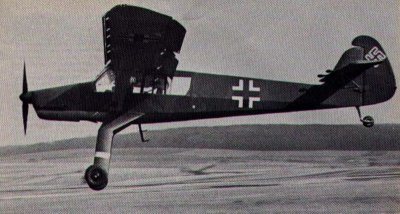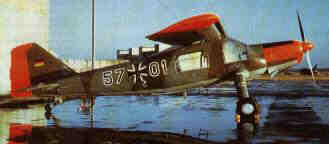perseus
Active member
In view of their lack of aircraft carriers, I wonder why Germany didn’t place these on board conventional ships for naval reconnaissance? All what is needed in a small ‘heli-deck’, since the forward motion of the ship would allow them it to take off and land vertically relative to the ships deck, and storage would be easy due to the fold back wings.
I suspect that super destroyers or light cruisers with a rear ‘heli-deck’ to accommodate half a dozen Storch’s would have caused the Royal Navy substantially more problems than much larger surface ships with their limited number of fair weather seaplanes.
I suspect that super destroyers or light cruisers with a rear ‘heli-deck’ to accommodate half a dozen Storch’s would have caused the Royal Navy substantially more problems than much larger surface ships with their limited number of fair weather seaplanes.
(Edited from Wiki)The Fieseler Fi 156 Storch (stork) was a two man liaison/reconnaissance aircraft used by Germany in WW2. This remarkable little aircraft could fly as slow as 50 km/h (32 mph), take off into a light wind in less than 45 m (150 ft), and land in 18 m (60 ft) and had a Radius of 380 km. With its very low landing speed the Storch often landed "at place" or even backwards, in case of wind from directly ahead. The wings could be folded back along the fuselage. The long legs of the landing gear contained oil and spring shock absorbers that compressed about 450 mm (18 inches) on landing, allowing the plane to set down almost anywhere. One captured aircraft became the personal transport of Field Marshal Montgomery.




